The Art of FUD: Why do some NFT projects die while others thrive
原文标题:《 FUD 的艺术:为什么一些 NFT 项目会死而另一些会蓬勃发展》
原文作者: wale.swoosh
原文编译: 深潮 TechFlow
How do you see the impact of FUD on NFT projects? Is FUD always negative? This article will list three NFT projects, analyze how FUD affected them, and draw some lessons from them.
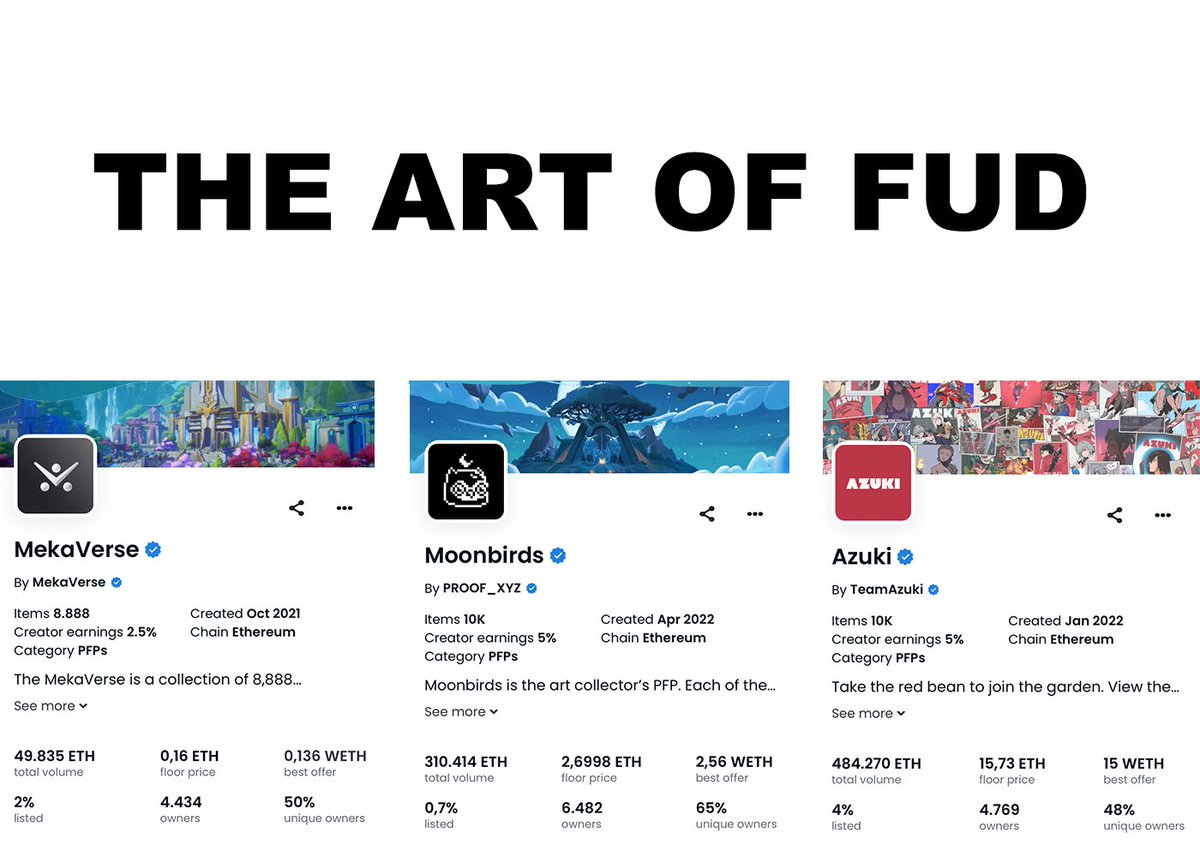
Everyone who's been in the NFT space for a while has experienced FUD." FUD stands for "Fear, Uncertainty and doubt" and is usually used when an individual or group attacks a project.
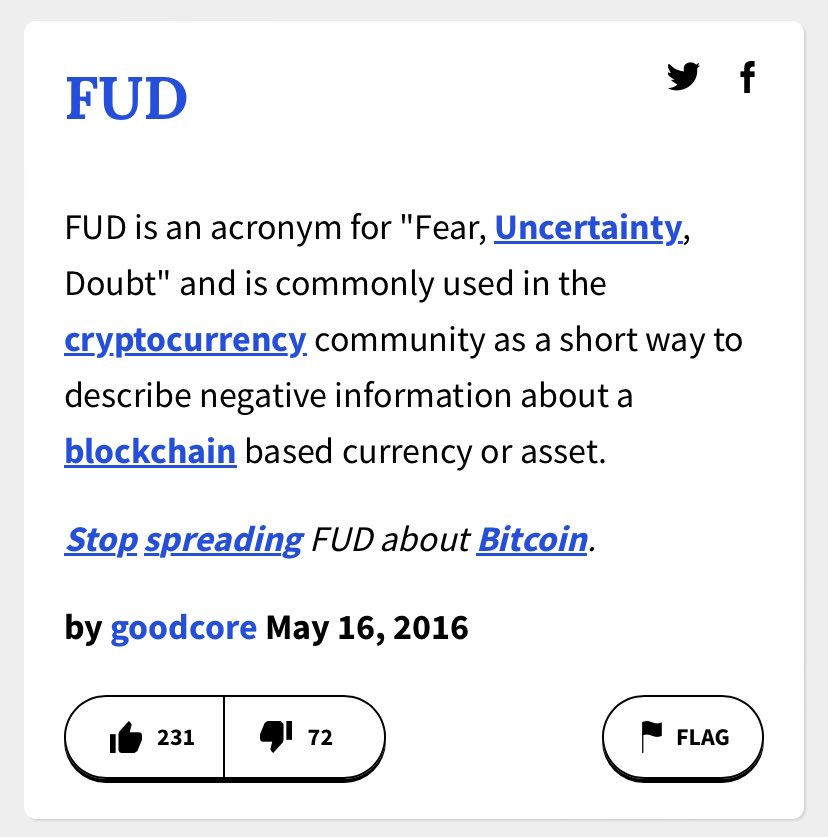
Therefore, one might think that FUD is always negative. Recently, however, many founders have been friendly when talking about FUD. So, is FUD good? Why does it ruin some projects while others flourish?
Let's look at three examples.
Mekaverse
Mekaverse is one of the NFT projects that attracted high attention in 2021. At that time, the buying spree was very competitive, with thousands of people competing to buy 8,888 MeKas.
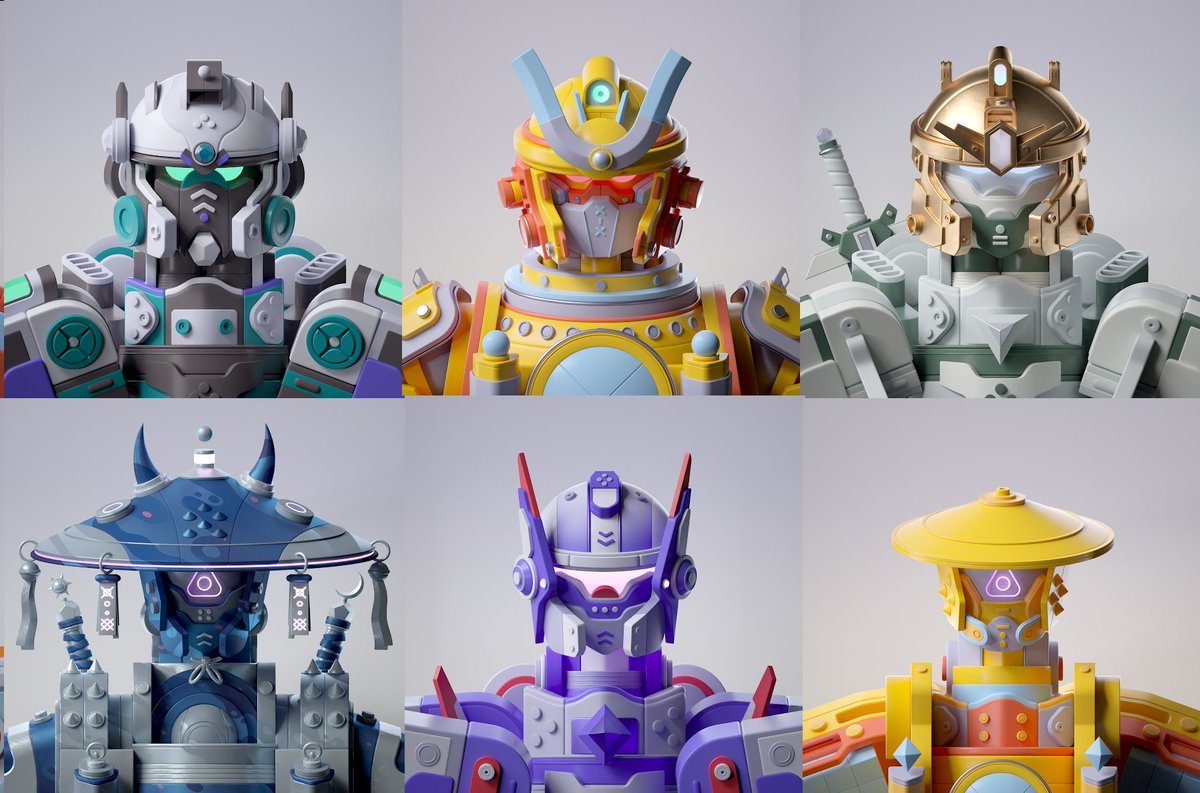
Mekaverse's floor price was 8 ETH prior to its introduction. Everyone on NFT Twitter was talking about them, the hype reached another level, and Mekaverse was destined to be the next blue-chip NFT project.
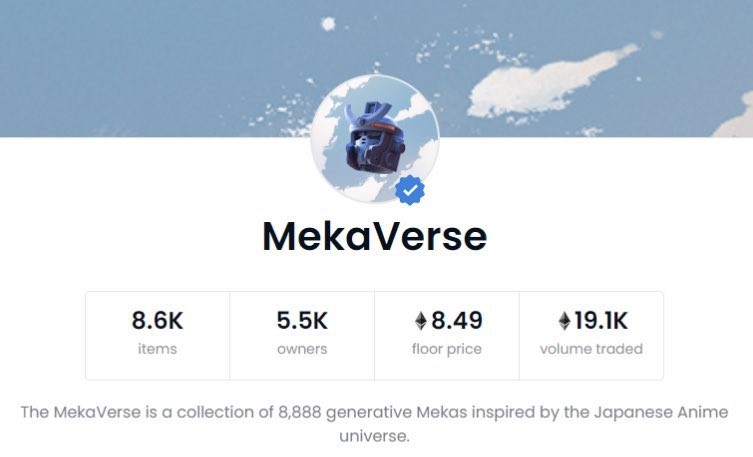
However, after opening the image, the image was not satisfactory, and the first negative tweets began to appear: people started laughing at the NFT. The tweets spread like wildfire. The massive attention that was once one of Mekaverse's unique selling points became the source of their collapse.
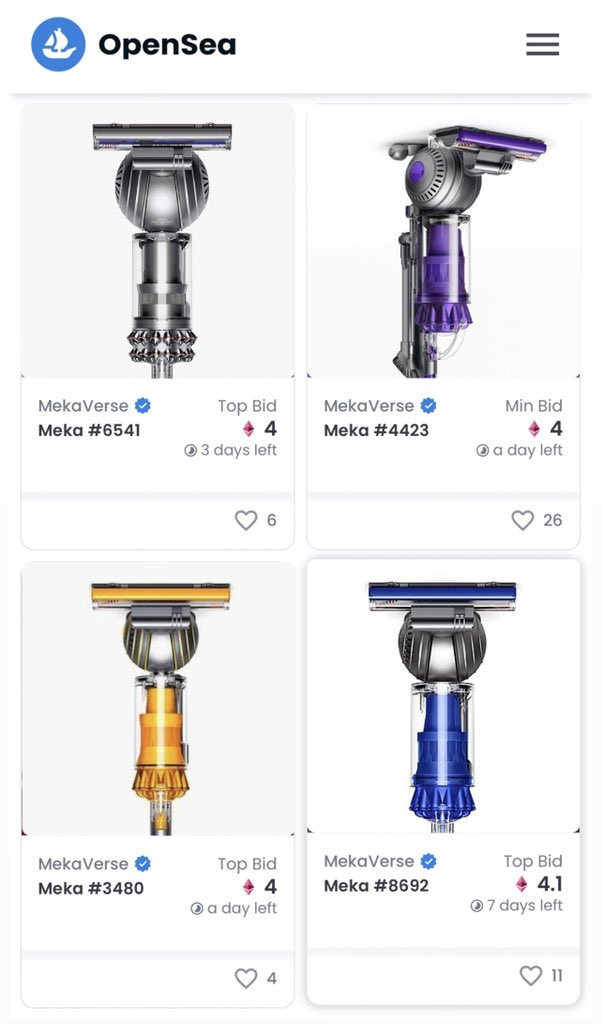
Then almost everyone on NFT Twitter was making fun of them, and a real FUD wave had taken shape. Most of it is not out of malice, but out of a desire to get some kind of participation. Today, Mekaverse's floor prices are down to 0.16 ETH.
Lesson # 1:
FUD Can drive large-scale interactions.
Owners will defend the project and non-owners will heckle the FUD to get a sense of participation. FUD has always been part of the NFT landscape and will always be there.
Moonbirds
Moonbirds was one of the most anticipated projects of the last bull market. Top teams, good art, influential holders. Within a few weeks, the floor price had risen to 40 ETH.
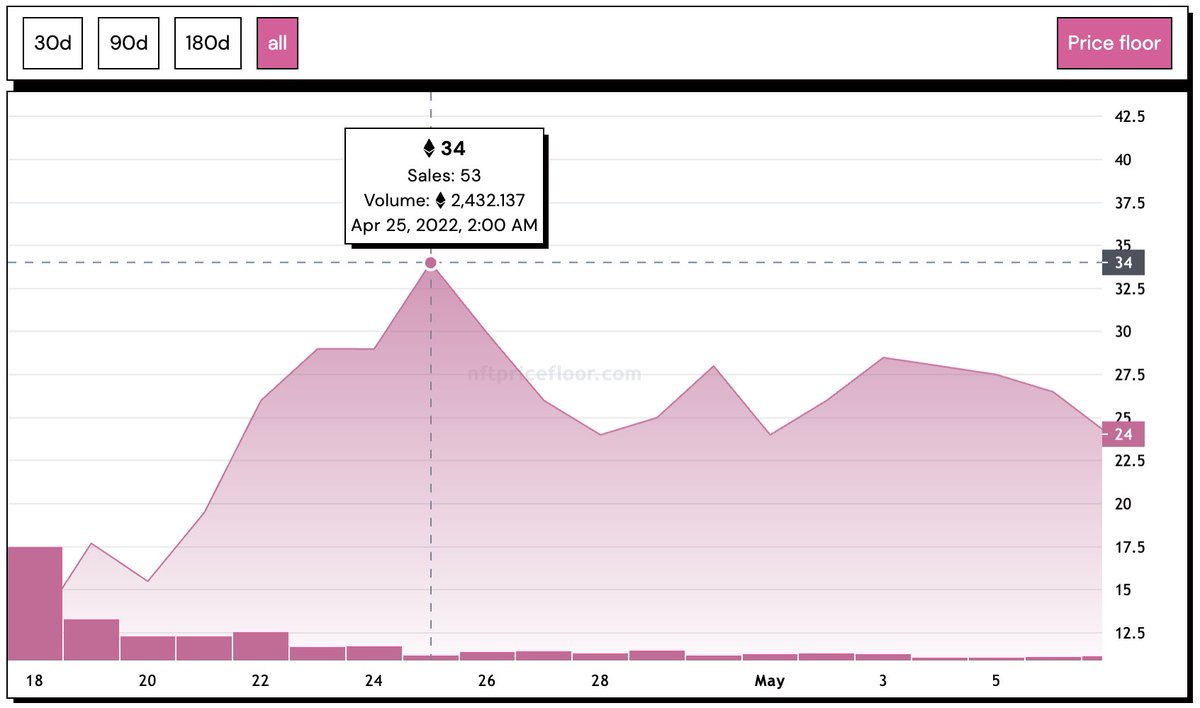
Everything went smoothly. Of course, the bear market didn't hit Moonbirds, and nothing crazy happened. At least for the time being.
Until August 4, when Moonbirds announced the IP rights change and moved to CC0.
CC0 is different from Bored Apes' copyright rules in that instead of the holder owning the copyright to JPEG, everyone owns it. It's an idea sharing license. So, in theory, you could take any Moonbird and make a derivative. As you might expect, this caused a massive wave of FUD.
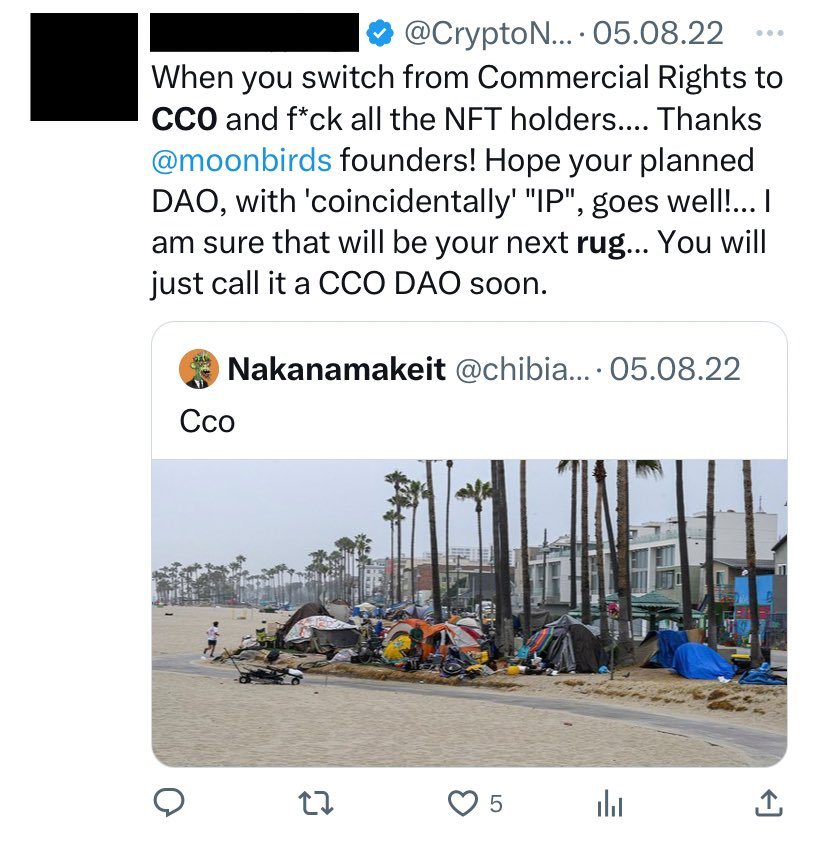
A few weeks later, Kevin Rose, one of the co-founders, said in a Discord that the level of FUD was far greater than he expected. Interesting fact: FUD not only comes from non-holders on Twitter, but also from holders.
The amount of FUD and hatred generated by the holders themselves is unlike anything I've ever seen. This FUD is not only specific to individual actions, but translates into FUD for the entire project and the team itself. Some owners turned against the project.
Lesson # 2:
FUD It always stems from a mistake or a willful action. In most cases, however, it spreads throughout the project and the entire team. FUD doesn't have any nuance.
Azuki
Azuki also went through a period of massive FUD. When word got out that Zagabond, one of the co-founders, had created two other projects before Azuki (Zunks&Phunks), a wave of FUD swept over Azuki.
Not only are there critical (but valid) tweets, but outright wishes for Azuki's demise are everywhere. Its floor price has dropped from 30 ETH to 6 ETH.
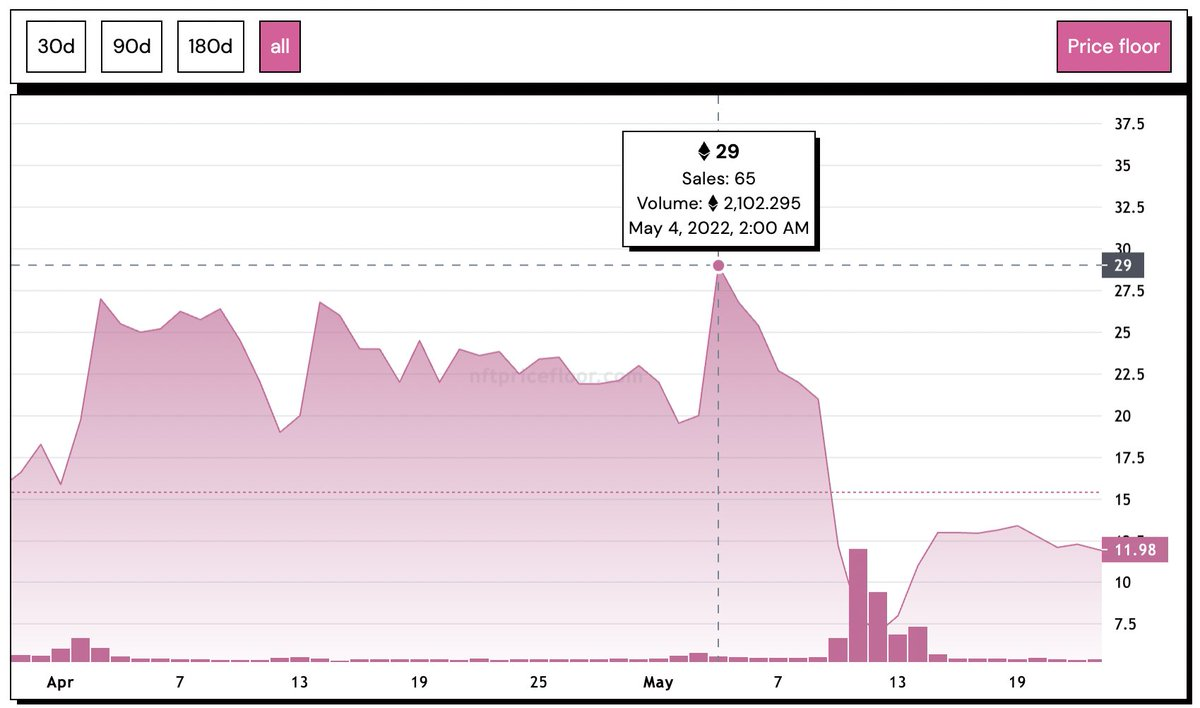
However, there is something different here. Because while some holders felt that FUD was forced to sell during the FUD wave, the core holders, the core community, stood by Azuki and the team. To this day, this core community remains unchanged.
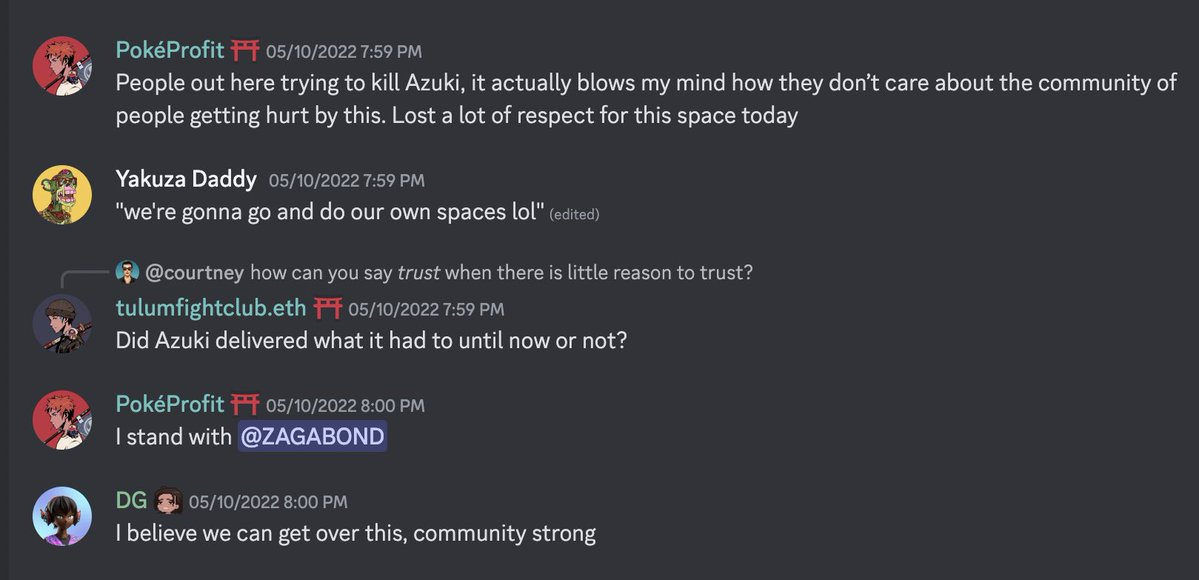
At the time, the team was under massive attack from outside. Not only was the team vilified, but so were the holders of Azuki. Twitter became a battleground for anyone with an Azuki pfp, which made the holders more united.
Lesson 3:
External FUD Can bring communities together and become stronger in the long run. But only if the owners stick together and support the team unconditionally.
This is perhaps the key difference:
External FUDs can make communities stronger. When anger and hate comes from outside, it brings communities closer together and creates stronger bonds. The NFT project needs such a fervent group of believers who share the lows. This is what makes NFT more than pure financial investment.
Non-holder FUD Usually heckling and short-term attention. As a result, external FUD is always temporary, seeking new victims as soon as the focus shifts. However, if the FUD comes from within, from the holder itself, it can quickly ruin a project.
If the owners have doubts about the direction of the team, it will not only cause the existing owners to leave, but also prevent new people from joining. Therefore, FUD has both advantages and disadvantages, and the ideal combination might be as follows:
a) Persistently low levels of external FUD make the project the focus of attention.
b) A core community without any FUD, united behind the team and against "outside opponents".
Original link
Welcome to join the official BlockBeats community:
Telegram Subscription Group: https://t.me/theblockbeats
Telegram Discussion Group: https://t.me/BlockBeats_App
Official Twitter Account: https://twitter.com/BlockBeatsAsia
 Forum
Forum Finance
Finance
 Specials
Specials
 On-chain Eco
On-chain Eco
 Entry
Entry
 Podcasts
Podcasts
 Activities
Activities
 OPRR
OPRR








